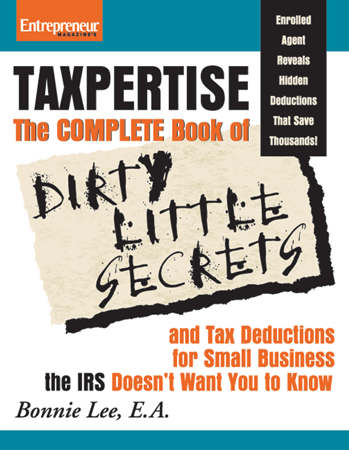Happy Holidays! And Beware! It’s a little bit of Halloween mixed in with gingerbread and spice. But in today’s world we must always be on guard. Identity thieves thrive on the holidays.
Here are some shopping tips direct from the IRS along with seven steps to help with online safety and protecting tax returns and refunds:
- Avoid unprotected Wi-Fi. Unprotected public Wi-Fi hotspots in malls or at holiday events also may allow thieves to view transactions. Do not engage in online financial transactions if using unprotected public Wi-Fi.
- Shop at familiar online retailers. Generally, sites using the “s” designation in “https” at the start of the URL are secure. Look for the “lock” icon in the browser’s URL bar. But remember, even bad actors may obtain a security certificate so the “s” may not vouch for the site’s legitimacy. Beware of purchases at unfamiliar sites or clicks on links from pop-up ads.
- Learn to recognize and avoid phishing emails that pose as a trusted source such as those from financial institutions or the IRS. The IRS has seen an increase in these schemes this year. These emails may suggest a password is expiring or an account update is needed. The criminal’s goal is to entice users to open a link or attachment. The link may take users to a fake website that will steal usernames and passwords. An attachment may download malware that tracks keystrokes — putting personal information at risk.
- Keep a clean machine. This applies to all devices – computers, phones and tablets. Use security software to protect against malware that may steal data and viruses that may damage files. Set it to update automatically so that it always has the latest security defenses. Make sure firewalls and browser defenses are always active. Avoid “free” security scans or pop-up advertisements for security software.
- Use passwords that are strong, long and unique. Experts suggest a minimum of 10 characters but longer is better. Avoid using a specific word; longer phrases are better. Use a combination of letters, numbers and special characters. Use a different password for each account. Use a password manager, if necessary.
- Use multi-factor authentication. Some financial institutions, email providers and social media sites allow users to set accounts for multi-factor authentication. This means users may need a security code, usually sent as a text to a mobile phone, in addition to usernames and passwords.
- Encrypt and password-protect sensitive data. If keeping financial records, tax returns or any personally identifiable information on computers, this data should be encrypted and protected by a strong password. Also, back-up important data to an external source such as an external hard drive. And, when disposing of computers, mobile phones or tablets, make sure to wipe the hard drive of all information before trashing.
The IRS, state tax agencies and the tax industry are committed to working together to fight against tax-related identity theft and to protect taxpayers. But the Security Summit needs help. With the steps listed above, people can take steps to protect themselves online.
Taxpayers can also visit the “Taxes. Security. Together.” awareness campaign or review Publication 4524, Security Awareness for Taxpayers, to see what can be done.Tax professionals can also get more information through the Protect Your Clients; Protect Yourself campaign as well as the Tax Security 101 series.
AND FINALLY: To protect against porch thieves, fill an Amazon box with spiders or garbage or stuff you no longer want and leave it at your front door!



